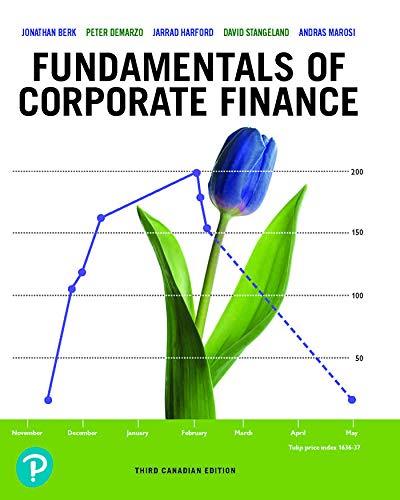Answered step by step
Verified Expert Solution
Question
1 Approved Answer
Goldman could also arrange an ECU/yen swap intermediated by Industrial Bank of Japan (IBJ), a powerful Japanese commercial bank rated AAA. In this arrangement, Disney

- Goldman could also arrange an ECU/yen swap intermediated by Industrial Bank of Japan (IBJ), a powerful Japanese commercial bank rated AAA. In this arrangement, Disney would exchange its ECU Eurobond net proceeds in exchange for IBJ making future ECU payments to Disney that exactly matched the coupons and principal payments of the Eurobonds (Exhibit 7, column A). At the same time, Disney would receive the yen equivalent of the net ECU proceeds from the Eurobond, converted at the spot rate, and would make future semiannual yen swap payments according to a fixed schedule (Exhibit 7, column B). Disney could then exchange the initial yen proceeds for dollars at the spot rate in order to reduce its short-term borrowings. At the time of the proposal, the ECU spot exchange rate was $.7420 per ECU, and the yen/dollar exchange rate was -248 per dollar
- Goldman Sachs was aware that a French state-owned utility was interested in swapping some of its yen debt for ECU debt. The utility was a major borrower in the world capital markets because its financing needs were far too large to be supplied by either the domestic French franc debt market or the fledgling Euro-French franc bond market (reopened only recently, in April 1985, after being closed for five years). Rated AAA, it had issued numerous public Eurobonds in dollars, ECU, yen, and deutsche marks (Exhibit 8) in addition to various domestic borrowings, private placements, and term loans. Like many European state agencies, it preferred ECU liabilities since the ECU most closely matched its natural currency flows. However, European sovereigns and state agencies, including the French utility, were often perceived by the markets as borrowing ECU too frequently and wearing out their welcome among the retail purchasers of ECU bonds. At the time of Disneys financing, the French utility wished to swap out of a ten-year yen term loan with sinking fund payments that began in five years. Thus, Goldman could arrange for Disney and the utility to enter into a swap, intermediated by IBJ, in which the utility would take on an ECU liability in exchange for future yen receipts, and Disney would take on a yen liability in exchange for future ECU receipts. Specifically, IBJ would pay semiannually to the utility an amount equal to its debt service on the yen term loan. In return, the utility would make ECU payments to IBJ more than sufficient to cover the payments IBJ had to make to Disney (see Exhibit 7, column C). The ECU principal to be received by the utility in the swap was strictly notional and would be determined by the size of Disneys financing and the ECU/yen exchange rate; no new funds would actually be received by the utility. Goldman believed that the all-in cost of the utilitys ECU flows after the swap would be less than that prevailing in the ECU Eurobond market. Moreover, the utility would be able to structure the swap flows to accomplish its objective of perfectly matching future yen payments on this loan and reducing its yen exposure.
Step by Step Solution
There are 3 Steps involved in it
Step: 1

Get Instant Access to Expert-Tailored Solutions
See step-by-step solutions with expert insights and AI powered tools for academic success
Step: 2

Step: 3

Ace Your Homework with AI
Get the answers you need in no time with our AI-driven, step-by-step assistance
Get Started


